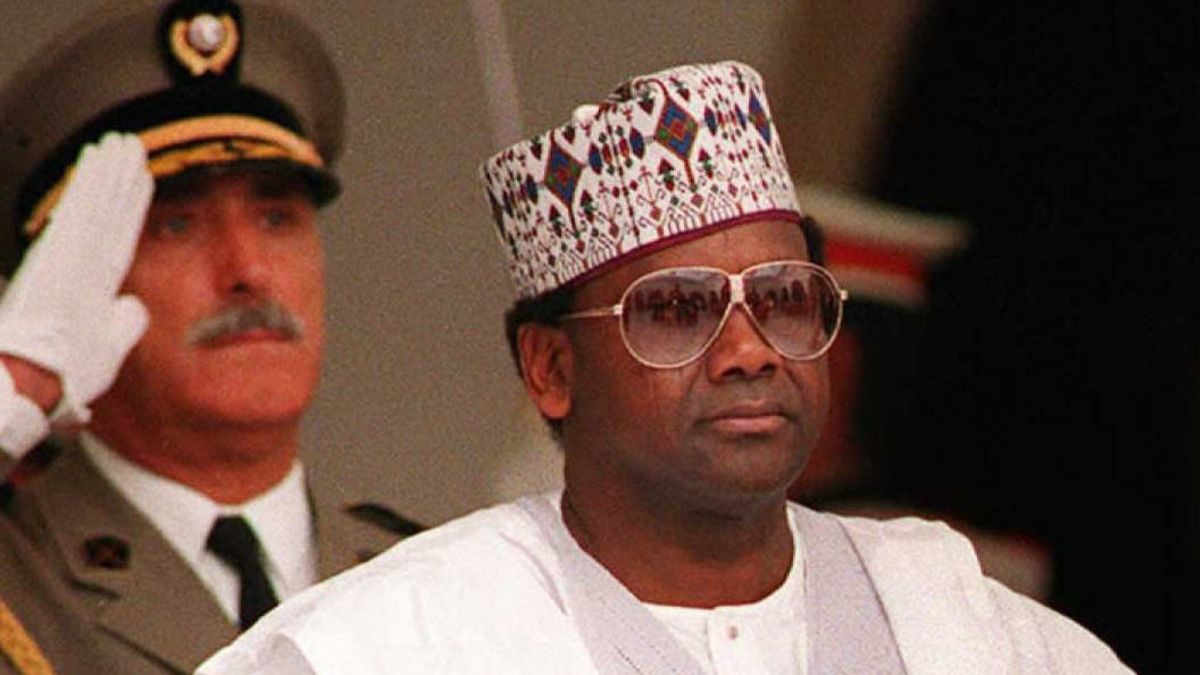[dropcap]A[/dropcap] multigenerational staff is a new type of diversity-driving innovation in businesses today. For the first time in history, you can see employees differ in age from 18 to 80. Here, the generational gap and diversity bring different benefits. However, it also challenges employers. Hence, most organizations are introducing recognition programs to boost the experiences of their employees.
According to Deloitte, businesses implementing employee recognition programs experience a 31% lower unpaid turnover. Employee turnover is something that every team head or manager has to tackle. Job disappointment emerges when your employees feel unappreciated. And here, a little recognition from your side can be the solution to hold up this problem. There are softwares that integrate employee happiness, recognition and performance management so you can track everything all in one place.
What Generations Comprise Today’s Staff?
The five generations that are present in the current workforce are like:
- Silent Generation (1925 – 1942)
- Baby Boomers (1943 – 1960)
- Generation X (1961 – 1980)
- Millennials (1981 – 2000)
- Gen Z (1997- Present)
Every generation comes with its specific issues and challenges. When you have a diversity of experiences, backgrounds, and generations under one roof, it can pose different challenges that can end up in conflict and productivity loss.
Constructing trust can bring out the Best in your multigenerational staff. So, you must develop an environment of trust where your employees do not feel negatively stereotyped. Their age can become the first step to construct a favorable environment for a productive multigenerational workforce. Here are some points that can help you to boost your employee experiences through multigenerational recognition programs.
Encourage Your Management to Account for Generational Differences
One segment that massively influences employee recognition is in common management styles. Though a formal program has a management role, it is also an ingredient to educate your human resource team and managers on different needs.
It would help if you asked your managers to think about how they can modify the recognition for interaction with a staff of different age groups.
Create a Shared Purpose or Vision
When a shared vision or purpose takes center stage, your team members more effortlessly forget their differences. And employees end up collaborating more meaningfully. Once your employees are passionate about striving for a common purpose, it can develop a firm unifying factor that reduces a generational gap or makes the gap inappropriate.
Welcome and Ask for the Feedbacks
Every organization has a different culture and distinct needs. It will help if you gather insight into your team, their preferences, or priorities. As a result, the current recognition agendas and any development opportunities can help you shape a customized path to improve the employee recognition strategies. Hence, your employees get a better and inclusive experience working with you.
Motivate Your Employees
Across the board, you can motivate your staff by exciting, challenging work. But once you fulfill that need, generational nuances matter. For example, younger employees in your organization (in the age group of 25-44) wish that their peers, seniors, and organizations notice their work.
When you recognize or give promotion to younger employees, they feel a sense of opportunity and comfort. On the other hand, older staff (in the age group of 45-64) want to feel secure in the business they work for.
After all, autonomy and variety give your older employees the feeling of security and boost them to make a difference.
Develop Leaders Who Welcome Diversity & Inclusion
Recognizing that every individual is different and making them feel worthy for their unique identity and capabilities is essential to bring diversity and inclusion to your organization. You can include these values and practices in your organization right from the top.
When you offer fair and respectful leadership to employees of all age groups, they follow the authorities, and as a result, they contribute to their fullest potential.
Recognize Strengths and Weaknesses in Your Workforce
Each generation comes with integral strengths and weaknesses. For instance, the millennials are not just swift on their feet, but they are tech-savvy too. You will find these valuable attributes, but depending too much on technology may make them hurried in decision-making. And it could harm their productivity. On the other side, Baby Boomers are more careful because they are not as comfortable with technology.
Once you are aware of these differences, then you can work out the best method or approach to follow when working with the employees of every generation within the staff. This way, you can decide which tasks you should delegate or assign to which employee or worker. Hence, you can ensure a comfortable experience for your employees.
To sum up, generational diversity in your organization can become a massive competitive advantage for you. Once you implement the right recognition programs, you can provide your employees with the best experience. After all, each generation brings varied talents and skills to the table.







